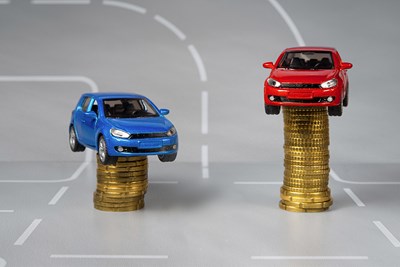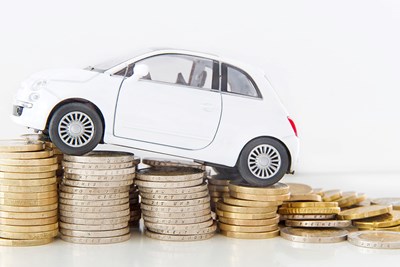Your new vehicle doesn’t have the coverage you may expect. When you drive away from the dealership in your new ride, it is already depreciating. If you get in an accident, and your car is totaled, your auto policy covers the current value, but this doesn’t match up with what you owe on your loan. Thankfully, gap insurance covers your responsibility. It sounds all good, but there are some cons to this insurance.
Pros of Auto Gap Insurance
- No Deductible: If you get in a car accident, you’ll have to pay a deductible plus the remaining balance of your loan. After your vehicle is valued, you could owe thousands of dollars plus your $500 deductible. Gap insurance has no deductible, meaning you won’t owe additional money.
- No Out-of-Pocket Losses: One of the primary benefits of auto gap insurance is the fact that if your new car is totaled, you won’t be responsible for the remaining loan balance. Depending on how much you purchased the vehicle for, this can amount to tens of thousands of dollars. Gap insurance can help cover the out-of-pocket losses you’ll otherwise experience.
- Car Replacement: It’s important to read your policy before accepting gap coverage, but many gap insurance companies offer a replacement vehicle if yours is completely totaled. This fact can be essential to anyone who needs to get back on the road as soon as possible. Ensure your policy has everything you need before purchasing.
- One-Time Payment: When you purchase auto gap insurance, it’s a one-time fee that's added to your car loan. While the cost can be hundreds of dollars, you’ll only have to make this payment once, and it may cover you for the entire time you own your vehicle.
Cons of Auto Gap Insurance
- Not Always Necessary: Forbes discovered that the average person gets in a car accident every 17.9 years, but this depends on which state you reside. If you live in a lower populated area, you may not get ever in a car accident. If you don’t use your gap coverage, you don’t get the money back, and you may feel as though you wasted your money.
- Additional Cost: Gap insurance isn’t free, and it can cost quite a bit. If you choose to get your policy through the car dealership, you’re going to pay hundreds of dollars on top of your current loan. While it may protect your investment, it’s just another cost you’ll have to pay.
- Interest on Gap Policy: Choosing to get your gap policy through your dealership may seem like the perfect plan. It’s a one-time payment that you don’t have to pay up front. Unfortunately, adding it to your car loan means you’ll end up paying interest on your gap policy over the life of your loan.
- Time Restrictions: If you choose to get your policy through a car insurance company, you’ll discover that there are time and mileage limits on each plan. Some plans last for about a year or two while others use mileage as a way to determine when your coverage should conclude.



